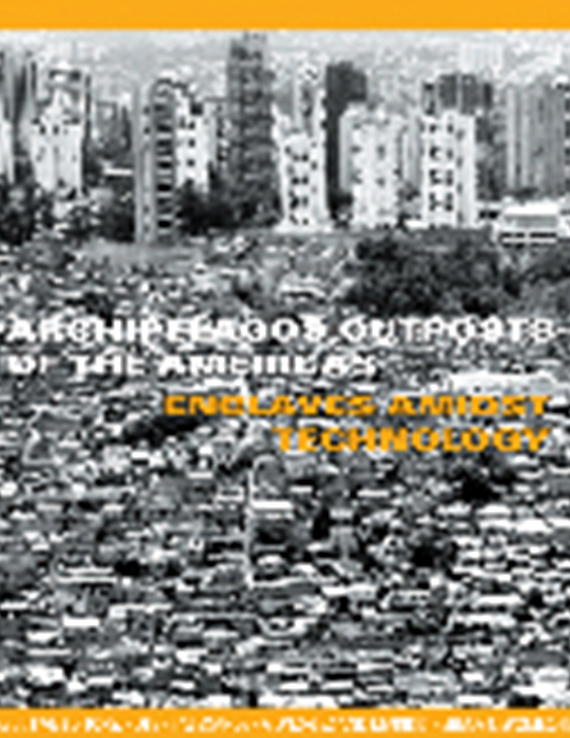Author(s): Richard Amore
The Malecón is Havana’s premier open space, the city’s “living room”, the longest bench in the world and a place of refuge from the tropical heat where one can embrace the invigorating breeze. This coastal promenade, the Malecón supports an ongoing, interactive conversation that reflects the socio-political conditions of Cuba’s culture. The Malecón, as the gateway of Havana, has become the point of reference for its citizens and the wandering stranger, a remarkable place where form and content participate in a dialectic dance. The Malecón becomes a theatrical event, a permanent spectacle that allows the citizens to engage in their own space; to produce their own space. The Malecón becomes the physical existence of the content; the built expression of the content relations, whereas the content is the totality of socio-political conditions that produce the space. The content is not in itself something to which form adheres from the outside. Rather, through its development, the socio-political conditions, gives birth to the space which is already latent in the content. Therefore, the Malecón necessarily grows from the multiple interrelations between their space, their culture, their Revolution and the interactions of the people themselves. There can be no content without a form, no ideology without a space which it refers to, nor form without content, and no space without an ideology it represents. The production of space occurs between the unity of content and form on the “shining face” of Havana. This paper will examine three elements of the Malecón’s existence: the Revolution’s impact on the Malecón’s physical form, the Revolution’s social control of space, and the symbolic events of everyday life on the Malecón.
Volume Editors
Marilys R. Nepomechie & Robert Gonzalez
ISBN
0-935502-54-8

 Study Architecture
Study Architecture  ProPEL
ProPEL 
